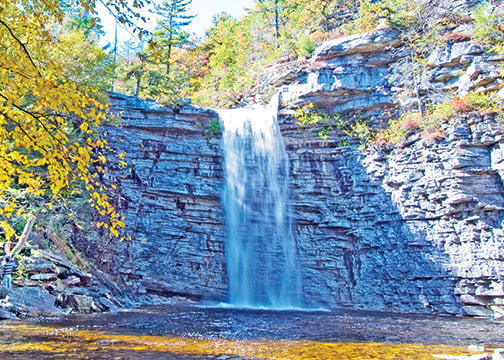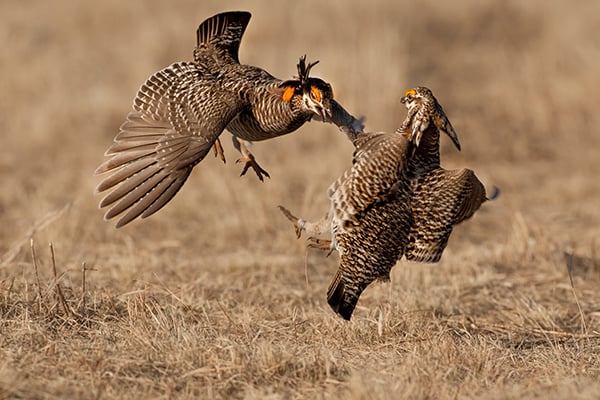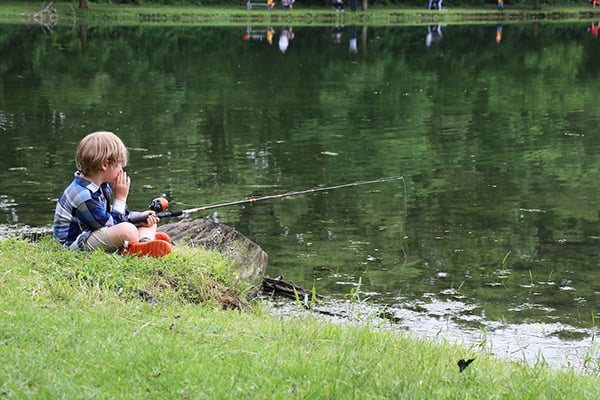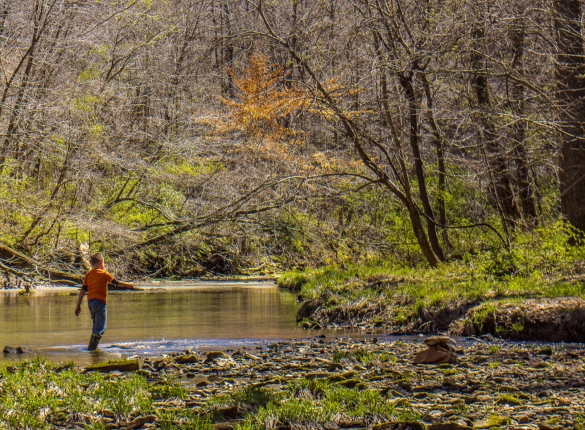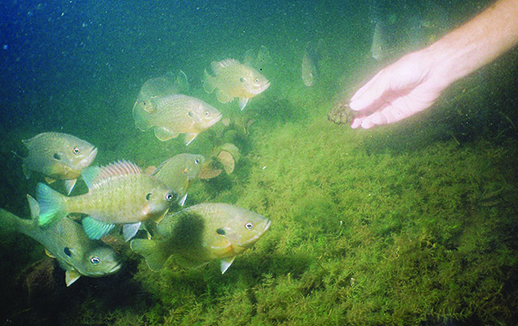Finding the perfect setup for catching summer saugeye – Outdoor News
Catching a saugeye in the summer is an ongoing lesson in humility. The fruitless casting in July can get old. Soon after a lackluster trip I return with a new idea, only to feel like Thomas McGuane, who famously said, “I may be the wrong person for my life.”
I have learned enough to catch them, just not as well as I expected. Finding them was the hardest lesson. Living on South Bass Island on Lake Erie taught me going at night time is the surest way to find them. Cast from shore, starting at sunset. We know walleyes come to the shallows in the fading light. I would later learn saugers and saugeyes do the same.
Night fishing the inland waters was not the same. Walking over the riprap of a lake or maneuvering through thick riparian corridors along a river could be difficult. The advent of hands-free lighting solved much of the difficulty I was having. But I lost interest.
The anglers making it happen have several shoreline locations in mind when they go. They spend 30 minutes to an hour at one, before moving on to the next. They may fish well past midnight at four or more locations. Many fit the motto “neither rain nor heat nor gloom of night stays these anglers from completion of their rounds.”
MORE FISHING COVERAGE FROM OUTDOOR NEWS:
Fly fishing need not be intimidating; here’s where to start
Ohio’s Shreve Lake still a work in progress after emergency drawdown in 2014
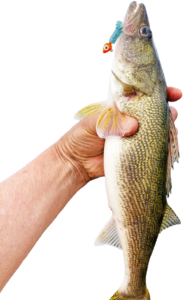
Experts with crankbaits, their experience dictates the correct number of pauses. No set rule has been established. The same goes for the duration of each pause. Weather and time of night play a role in the cadence needed, 10 seconds may be sufficient on the average summer night, longer pauses if you have the patience. Pausing longer than you think necessary can be more productive than covering water with lots of short pauses. Timing is important when triggering a strike.
Swimbaits on 1⁄8-ounce jigheads are as popular as crankbaits. An Ohio made, Big Joshy swimbait, the 3-1⁄4-inch size, for one, the 4-inch Powerbait minnow is another.
Trolling a crankbait has been done during the night, but more often it happens during the day. The Flicker Shad puts a lot of saugeyes in the boat for anglers trolling and casting. Shad and fire tiger are the colors I often see. They use shad colors in clear water, fire tiger in less than clear water. I prefer crankbaits with purple or perch coloration.
Trolling speed can be as important as lure design. In some lakes, shallower canal lakes for example, physical factors such as vegetation can limit trolling success.
Clever anglers have started using a floating jig on a short leader, Carolina style, as done in the Maumee River during the walleye spawning run. They tip the floating jig with a with a minnow or chunk of nightcrawler and drift, catching saugeyes where trolling is not working. A second rod used to cast a weighted jig and swimbait during the drift, tipped with a minnow or chunk of nightcrawler is often employed.
I have been experimenting with drop shot presentations. I prefer casting a drop shot over drifting, although I have caught saugeyes while drifting. I drift and cast, like the floating jig anglers, when I have a favorable wind of 7 mph or more. Less than 7 has not been enough to trigger a saugeye bite on a drift rod.
My version of a drop shot is about 3 feet of 8-pound test under a swivel. A No. 2 hook is knotted in about 10 to 12 inches up from the weight. I tie the weight on first to know where to tie the hook.
You can use two hooks, one at 6 inches, the other at 12 inches, to test different baits, to see if there is a preference for depth. I started catching saugeyes on a white 2-inch grub, the first bait I tried. The swimbait of your choice should work. A minnow or nightcrawler are other options.
The rod I cast with is a 7-foot spinning rod, a jigging rod by design, medium weight. My drifting rod is a medium-heavy casting rod, a bit more backbone to help me set the hook if I am looking the other way.
If only given one choice for tackle, I would use an 8-pound test monofilament leader tied to an 1⁄8-ounce jig, only because I have a lifetime of experience with them. I downsize the swimbait for daylight fishing, even when needing more weight from a disproportionally larger jighead. I find the feeding behavior neutral at best in broad daylight, when less can be more. A smear of nightcrawler gel scent completes my setup.
The drop shot is not new, but new to me. I will be refining my technique with drop shot rigging. It shows plenty of promise for how I fish for saugeyes.
Source: https://www.outdoornews.com/2024/06/23/finding-the-perfect-setup-for-catching-summer-saugeye/

